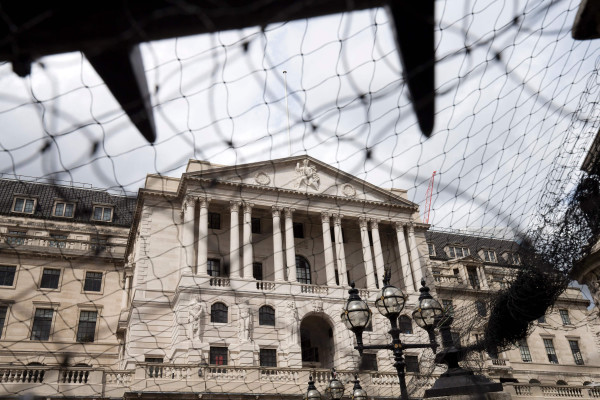Investment-grade corporate bonds also lost money, but less than government bonds. In line with the trends of the year, the best-performing credit was the riskiest variety, with high-yield corporate bonds delivering positive returns.
Most investors’ multi-asset portfolios still require a need for defensive positioning despite poor performance or growth prospects; at least compared to risk assets. Given a panoply of risks – elevated equity valuations, Covid variants, stubbornly high inflation, the potential for central bank policy errors, geopolitical risks such as the ongoing Russian invasion of Ukraine, and Chinese real estate contagion – risk-taking should be tempered and, should risk assets sell-off and safe-havens rally, one should exit the latter in favour of finding bargains in the former.
New year, old problem
The new year began with an old foe: elevated levels of inflation globally. While growth is robust in developed economies, price pressures are acute. Consumer prices in the UK and the Eurozone have increased by around 5 percentage points this year; in the US, inflation is running at nearly 7 per cent, the highest since June of 1982.
This has left central banks, especially the US Federal Reserve, markedly reassessing its ultra-loose monetary policy for 2022: how aggressively central banks act to tame inflation represents the biggest risk for this year. This includes not just tapering off quantitative easing and raising rates but also actively seeking to shrink its balance sheet – a course of action that few analysts would have predicted just over a year ago.
In a best-case scenario, liquidity remains ample and economic momentum is strong enough to withstand higher rates.
Moreover, in terms of balance sheets, central banks at first simply stop buying new bonds and hold the bonds they already own until maturity, thereby 'running off' the balance sheet at a slow pace over time (ie effectively what the Fed did from 2014 to 2016).
Eventually, they can resume 'normal' open market operations with a bias to reducing the overall size of the balance sheet, actively selling more bonds back to the market than they buy (ie what the Fed did from 2017 to 2019). If done in an environment of sufficient economic growth, the result will likely be a healthy deleveraging, which should not destabilise markets.
In a worst-case scenario, liquidity dries up, economic momentum falters and central banks go too fast from run off to sell off (ie the European Central Bank’s experience in 2013 and 2014). Markets will likely respond to this adversely.











